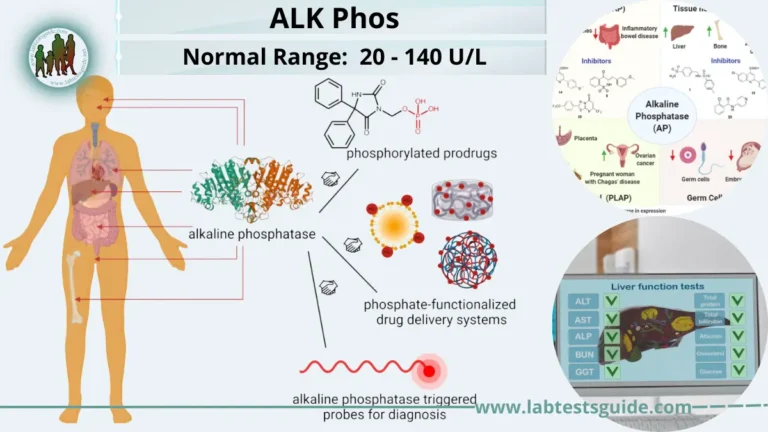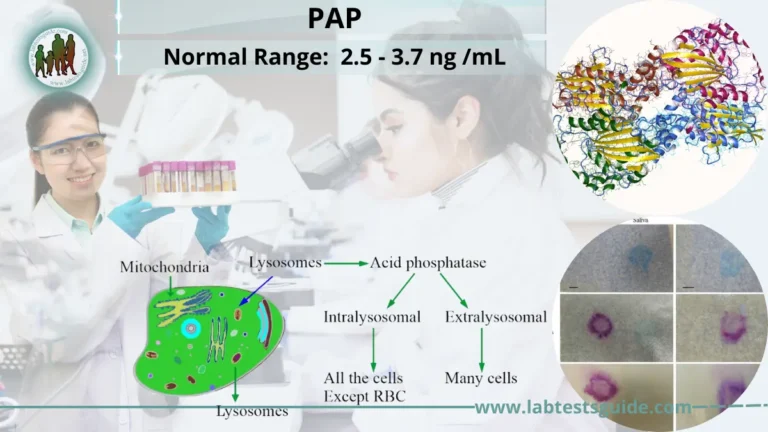The objective of this step is to cut 4–5 Mm-thick sections from paraffin blocks. This is achieved using precision knives (microtomes) . To obtain constant high quality and extremely thin tissue sections, disposable blades should be used and changed after a limited number of blocks.

The paraffin block is mounted on the microtome holder. Sections are cut as a ribbon and are floated on a water bath maintained at 45°C to stretch the paraffin section. A standard
microscope glass slide is placed under the selected tissue section and removed from the water bath. Tissue sections are then allowed to dry, preferably in a thermostatic laboratory oven at 37°C.
Tissue sectioning and floating steps are delicate operations that should be performed by trained personnel.
- Heat the tissue water bath to 45°C and fill it with water. To avoid microorganisms growth, the bath should be carefully cleaned every day and the water flotation bath discarded.
- Put the paraffin blocks on a cold surface (e.g., refrigerated cold plate or ice) to harden the cut surface. Avoid prolonged cooling and very cold surfaces as they may lead to cracking in the block surface.
- Install a disposable blade in the microtome.
- Set angle between the blade edge bevel and the block to 2–5 degrees (clearance angle). A correct angle should be set to avoid compression in cut sections and to reduce friction as the knife passes through the block. Angles in the above mentioned range are recommended for paraffin sections, but the exact angle is generally found by trial and error.
- Lock the blade in place.
- Lock the microtome hand-wheel.
- Trim the edges of one block with a sharp razor blade so that the upper and lower edges of the block are parallel to the edges of the knife. Otherwise a ribbon cannot be cut. Keep 2–3 mm of paraffin wax around the tissue.
- Fit the cassette paraffin block onto the cassette holder of the microtome. Orientate the block so that its greater axis is perpendicular to the edge of the knife, and also that the
edge offers the least resistance (e.g., the smallest edge will be cut first). - Unlock the hand-wheel.
- Advance the block until it is in contact with the edge of the knife. Paraffin block edges must be parallel to the knife. If not, adjust the block orientation.
- Set the section thickness around 15 microns.
- Coarse cut the block at 15 microns until the whole surface of the embedded tissue can be cut.
- Lock the microtome hand-wheel.
- Return the trimmed block to cold plate for 1–2 min.
- Set the section thickness to 4–5 Pm.
- Remove wax debris from the knife with alcohol. Avoid use of xylene to clean the paraffin debris as it often leaves an oily remnant on the knife and following sections will stick (not mentioning the xylene hazards for the operator).
- Move to an unused area on the blade or install a new disposable blade.
- Install the cassette paraffin block onto the cassette holder again
- Cut a series of paraffin sections. If sectioning is doing well, you will obtain a ribbon of serial sections.
- Gently breath upon the sections to eliminate static electricity, to flatten the sections, and to facilitate the removal of the ribbon from the blade.
- Separate the ribbon (including four to five sections) from the knife edge with a paint brush.
- Transfer the piece of ribbon onto a glass slide coated with a drop of gelatin-water, or to the surface of the water bath.
- Gently separate the floating sections on the water bath with pressure from the tips of forceps.
- Collect sections on a clean glass slides. Hold the slide vertically beneath the section and lift carefully the slide up to enable tissue adherence.
- Label slides with a histo-pen or pencil. Avoid pens with nonalcohol-resistant ink (ballpoint or felt-tipped pens).
- Allow the slides to dry horizontally on a warm plate for 10 min to ensure that the section firmly adheres to the glass slide. Alternatively slides can be dried vertically in an oven for 20 min at 56°C.
- Transfer the slides (vertically placed) to a laboratory oven overnight at 37°C.
- Store the slides in dry boxes at room temperature. For immunohistochemistry, slides should be stored at 4°C to minimize antigen loss.
- Empty the water bath and wipe it with a damp cloth at the end of each day.
Materials:
- Fixation:
- Fixative solution (usually commercially available formalin).
- Phosphate buffer (pH = 6.8).
- Rubber or gloves (see Note 1).
- Protective clothing.
- Eyeglasses and mask.
- Fume hood.
- Containers with appropriate lids (volume is commensurate
with sample size. Large neck plastic containers are preferable
and can be reused). - Labels and permanent ink
- Trimming:
- Fume hood.
- Rubber or gloves
- Protective clothing.
- Eyeglasses and mask.
- Dissecting board (plastic boards are preferred as they can be easily cleaned and autoclaved).
- Blunt ended forceps (serrated forceps may damage small animal tissues).
- Scalpels blades and handle.
- Plastic bags and paper towels.
- Containers for histological specimens, cassettes and permanent abels. Containers and cassettes, should be correctly labeled before starting tissue trimming.
- Pre-embedding
- Disposable plastic cassettes for histology (with appropriate
- lids). For small samples, disposable plastic cassettes for histology with subdivision (Microsette®).
- Foam pads (31 × 25 × 3 mm) can be used to immobilize tissue
samples inside the cassettes. - Commercial absolute ethyl alcohol and 96% ethanol solution.
- 90% and 70% ethanol solutions.
- Paraffin solvent/clearing agent: xylene or substitute (e.g.,
Histosol®, Neoclear®). - Paraffin wax for histology, melting point 56–57°C (e.g.,
Paraplast® Tissue Embedding Media). - Automated Tissue Processor (vacuum or carousel type).
- Embedding
- Tissue embedding station (a machine that integrates melted paraffin dispensers, heated and cooled plates).
- Paraffin wax for histology, melting point 56–57°C (e.g. Paraplast® Tissue Embedding Media).
- Histology stainless steel embedding molds. These are available in different sizes (10 × 10 × 5 mm; 15 × 15 × 5 mm; 24 × 24 × 5 mm; 24 × 30 × 5 mm, etc.).
- Small forceps.
- Sectioning:
- Rotary microtome.
- Tissue water bath with a thermometer. Alternatively a thermostatic warm plate can be used.
- Disposable microtome blades (for routine paraffin sections use wedge-shaped blades).
- Sharps container to discard used blades.
- Fine paint brushes to remove paraffin debris.
- Forceps to handle the ribbons of paraffin sections.
- Clean standard 75 × 25 mm microscope glass slides (other dimension microscope glass slides are commercially available).
- Laboratory oven (set at 37°C).
- Coated glass slides (e.g., Superfrost® or Superfrost Plus®). This is especially recommended when slides are used for immunohistochemistry.
- 0.1% gelatin in water (1 g of gelatin in 1 L of distillated water). This should not be used with Superfrost® or Superfrost Plus® slides and should be reserved for immunohistology sections
- Staining and Cover Slipping:
- Harris hematoxylin (commercial solution, ready to use).
- Eosin Y solution.
- Hydrochloric acid 37%.
- Absolute ethanol.
- Ethanol 96%.
- Clearing agent (xylene or substitute e.g. Histosol®, Neoclear®).
- Staining dishes and Coplin jars suitable for staining.
- Permanent mounting medium (e.g. Eukitt®).
- Glass cover slips (25 × 60 mm).
- Filter paper.
- Ethanol solutions:
- Add 12.5 mL of water to 1 L of commercial 96% ethanol to obtain 95% ethanol.
- Add 408 mL of water to 1 L of commercial 96% ethanol to obtain 70% ethanol.
- Storage of Paraffin Blocks and Slides:
- Paraffin blocks storage cabinets.
- Histological slides storage cabinets.
Realted Posts
Keywords: histopathology procedure pdf ,histopathology procedure ppt ,histopathology procedure manual ,histopathology staining procedure ,fish histopathology procedure ,histopathology lab procedures ,histopathology complete procedure ,histopathology slide preparation procedure ,histopathology lab procedure ,histopathology policy and procedure ,procedure for histopathology ,procedure in histopathology ,histopathology laboratory procedure ,procedure of histopathology ,histopathology tissue processing procedure ,routine histopathology procedure ,histopathology staining procedure pdf ,histopathology test procedure
Possible References Used






